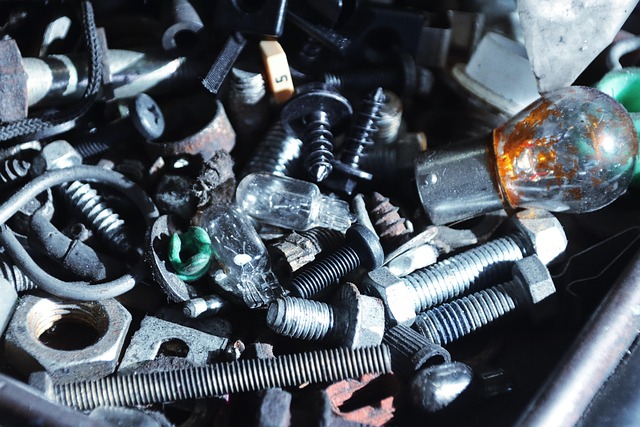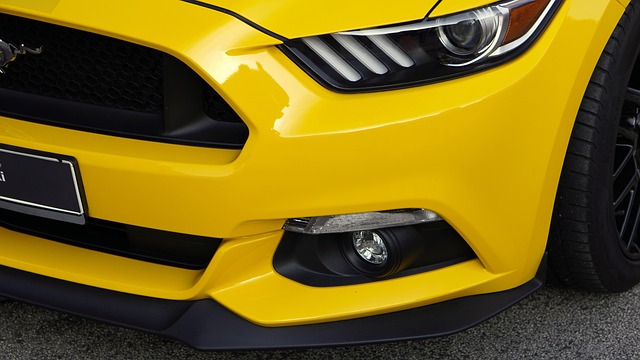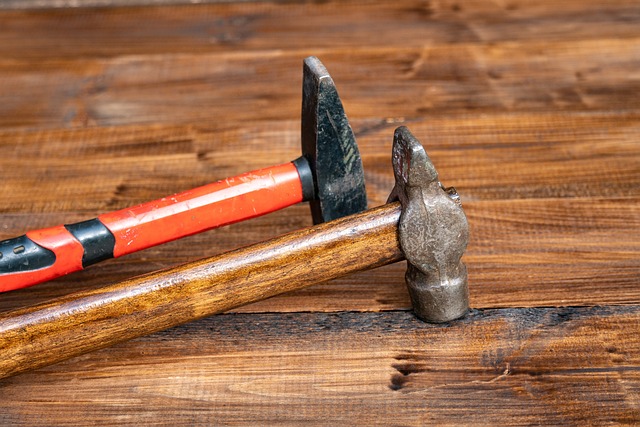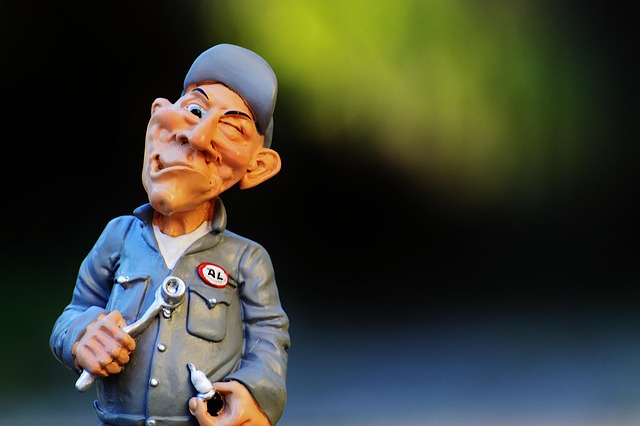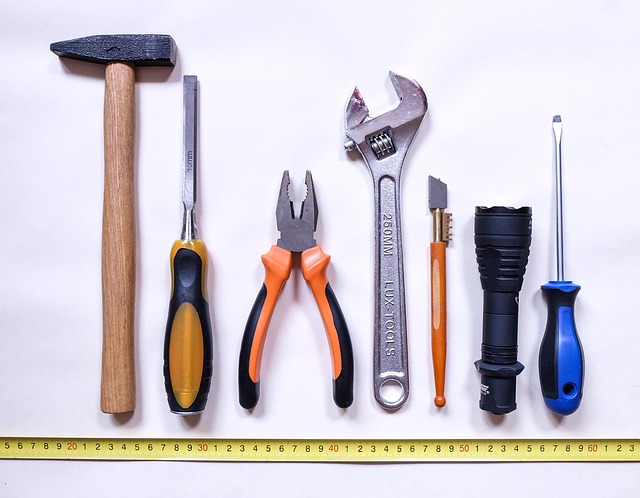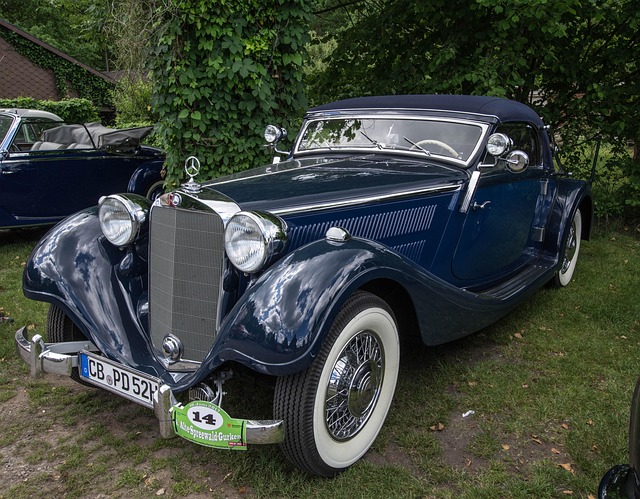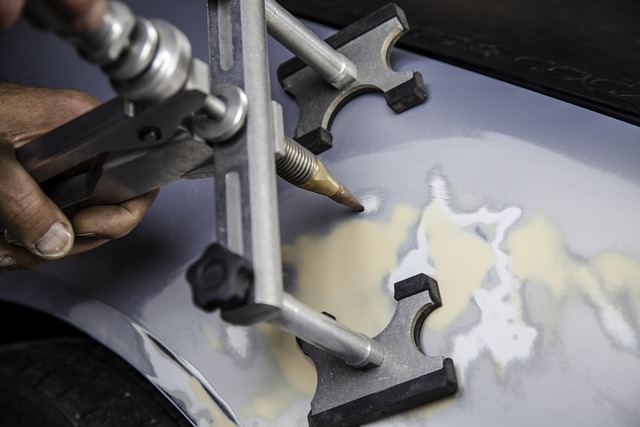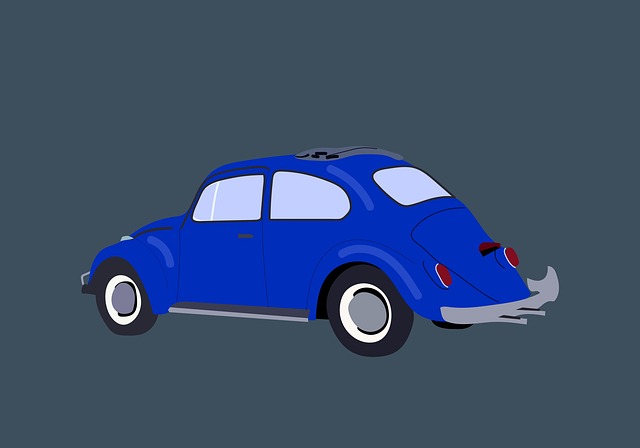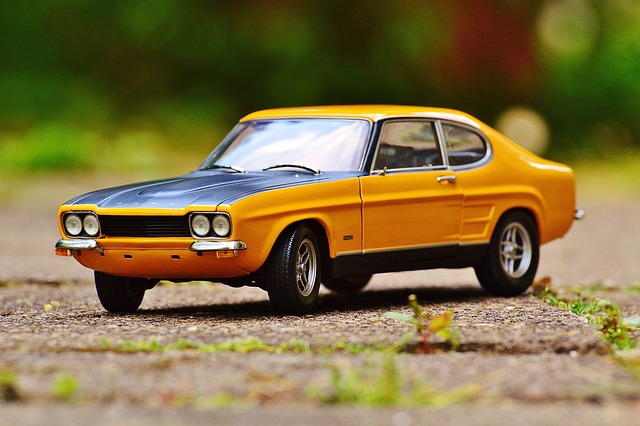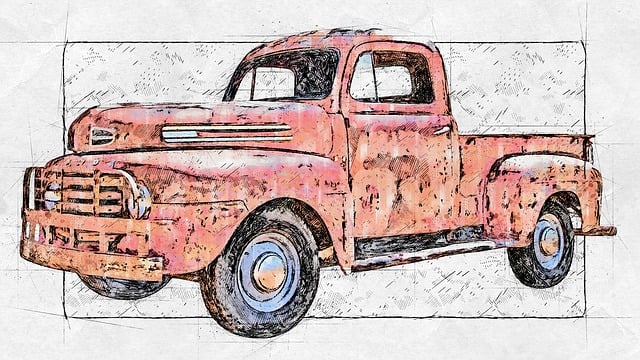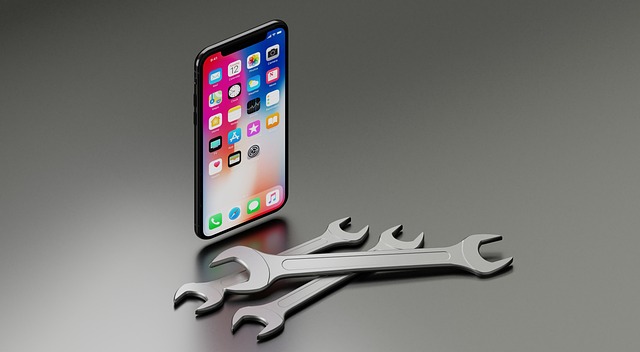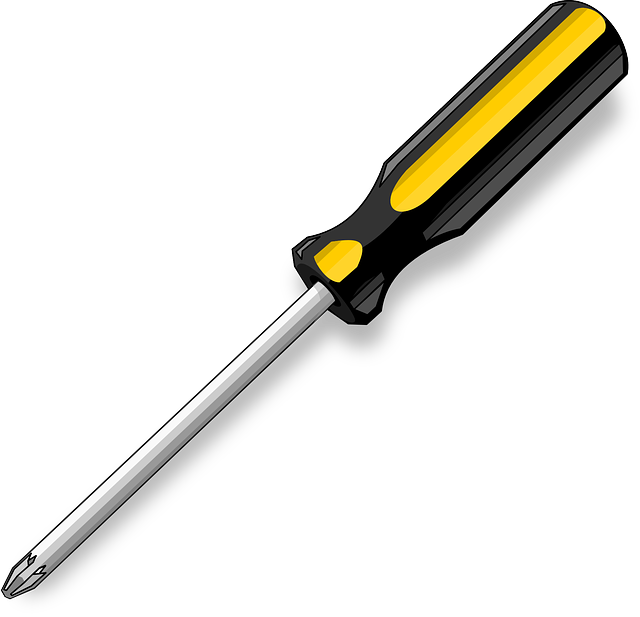Aftermarket collision parts are cost-effective alternatives to OEM components for auto repair, but quality varies widely. Consumers must consider material quality, manufacturing standards, and compatibility with specific vehicle models to ensure proper fitment and reliability. Safety standards and compatibility with existing frameworks are crucial for reliable performance in auto body and glass repair. Choosing reputable suppliers offering warranties and detailed material specifications ensures high-quality aftermarket collision parts that meet automotive repair standards.
Are all aftermarket collision parts created equally? In a market saturated with options, understanding the quality disparities is crucial for vehicle owners. This comprehensive guide explores the world of aftermarket collision parts, delving into their manufacturing processes and material variations. From safety standards to compatibility concerns, we uncover the factors that significantly impact performance. By the end, readers will be equipped to make informed decisions when choosing replacement parts for their vehicles.
- Understanding Aftermarket Collision Parts: A Comprehensive Overview
- The Quality Gap: Uncovering Disparities in Manufacturing and Materials
- Factors Influencing Performance: Safety, Durability, and Compatibility Considerations
Understanding Aftermarket Collision Parts: A Comprehensive Overview
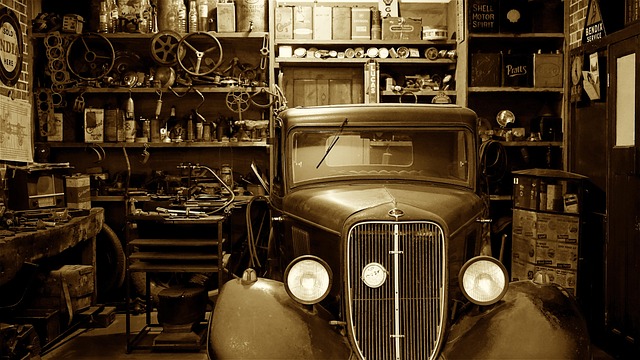
Aftermarket collision parts are components designed to replace original equipment in vehicle bodywork after an accident or damage. They include a wide range of items such as fenders, doors, bumpers, and even engine parts. Understanding the nature and diversity of these parts is crucial when considering their quality and performance.
When it comes to auto repair services, aftermarket collision parts offer a cost-effective alternative to genuine manufacturer parts. However, not all aftermarket products are created equally. The market is saturated with various brands and suppliers, each claiming superior craftsmanship and compatibility. Vehicle owners must be discerning in their choices, considering factors like material quality, manufacturing standards, and compatibility with their specific vehicle models. Proper fitment and long-term reliability are paramount, especially for ensuring effective car body repair and maintaining the overall integrity of the vehicle’s structure.
The Quality Gap: Uncovering Disparities in Manufacturing and Materials
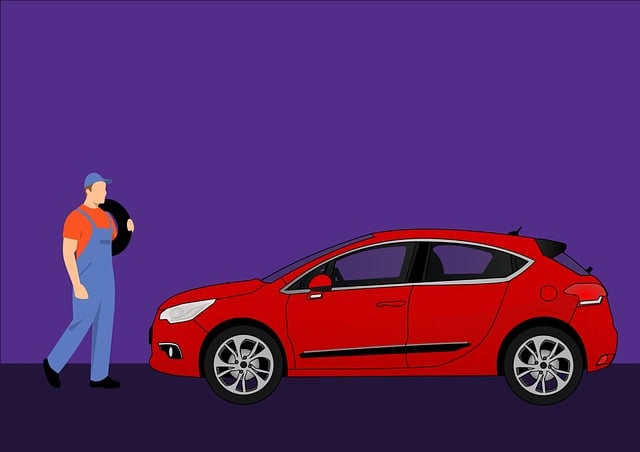
The quality of aftermarket collision parts can vary significantly, creating a notable gap compared to original equipment manufacturer (OEM) parts. While many third-party manufacturers strive for excellence, some cut corners during production, leading to inferior products. This disparity often stems from differences in manufacturing processes and materials used. Aftermarket parts producers may use less expensive raw materials or streamline their production techniques, which can result in subpar results. For instance, a study revealed that certain aftermarket body panels had higher levels of impurities and inconsistent thicknesses compared to OEM counterparts, impacting their structural integrity and finish quality.
Additionally, the lack of standardized quality control measures across all manufacturers contributes to this gap. Collision repair services often rely on a mix of high-quality and lower-grade parts, which can affect the overall outcome of vehicle paint repair and assembly. Consumers should be cautious when selecting aftermarket collision parts and consider factors like reputation, warranty coverage, and material specifications to ensure they receive products that meet or exceed automotive repair standards.
Factors Influencing Performance: Safety, Durability, and Compatibility Considerations

When it comes to aftermarket collision parts, several factors significantly influence their performance. Safety is paramount; these parts must meet or exceed the safety standards set by vehicle manufacturers. Aftermarket auto glass repair, for instance, requires precise engineering to ensure it withstands impact without shattering and provides clear visibility. Similarly, auto body repair components need to be durable, withstanding regular wear and tear while maintaining structural integrity.
Compatibility is another crucial consideration. Aftermarket collision parts must seamlessly integrate into the existing vehicle framework, ensuring smooth operation and aesthetic harmony. For example, a Mercedes-Benz repair might require specific considerations due to the brand’s unique design and technology. Ultimately, the quality of these parts depends on their ability to balance safety, durability, and compatibility, offering both functionality and value for auto body repair and auto glass repair needs.
When it comes to aftermarket collision parts, it’s clear that not all are created equal. After understanding their role in automotive repairs and navigating the vast array of options available, it’s crucial to recognize the significant quality disparities within the industry. From manufacturing processes to material choices, each step influences the final product’s safety, durability, and compatibility. By being informed consumers, we can make choices that ensure our vehicles’ structural integrity and safety, ultimately driving peace of mind on the road.
